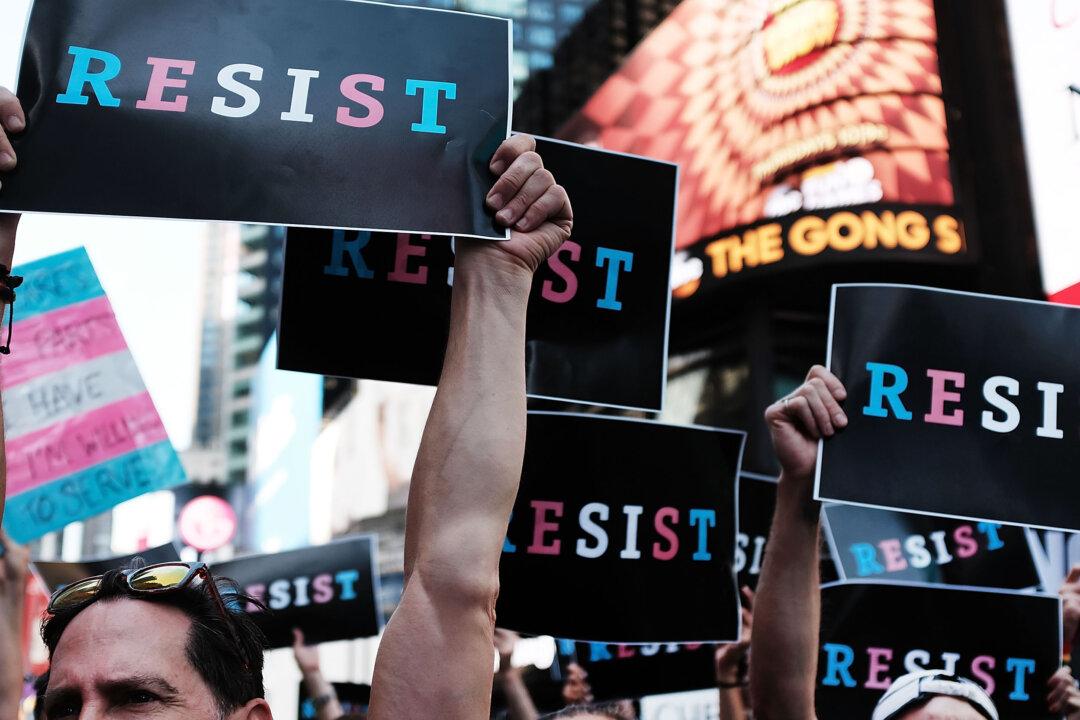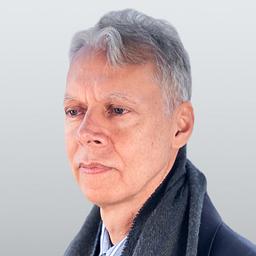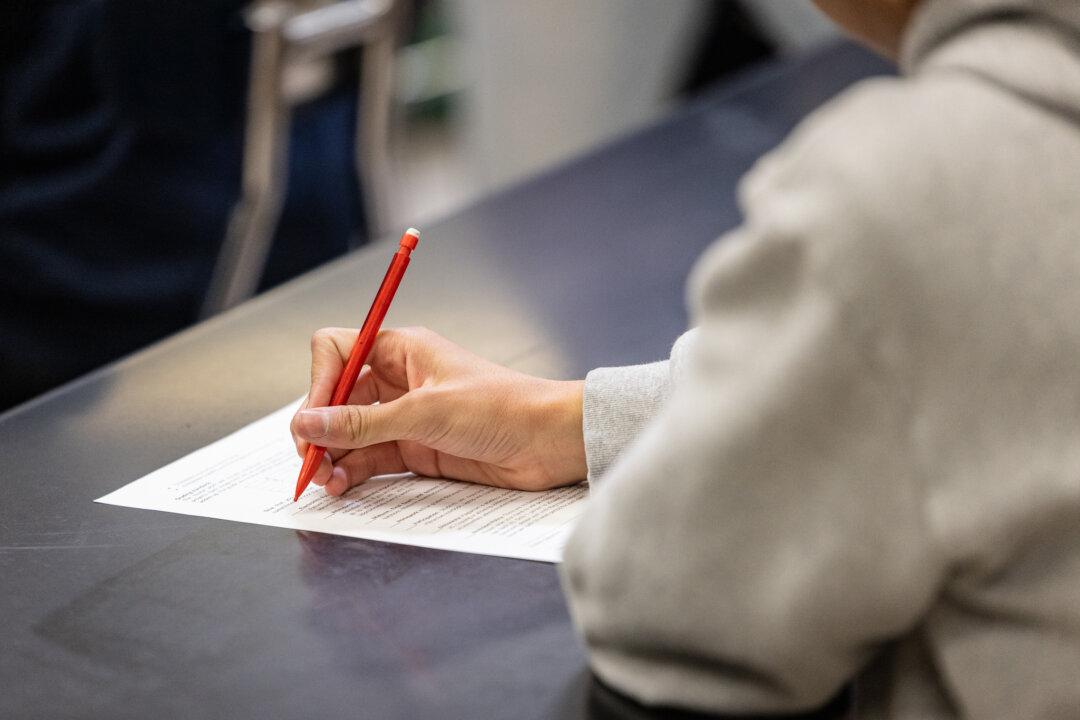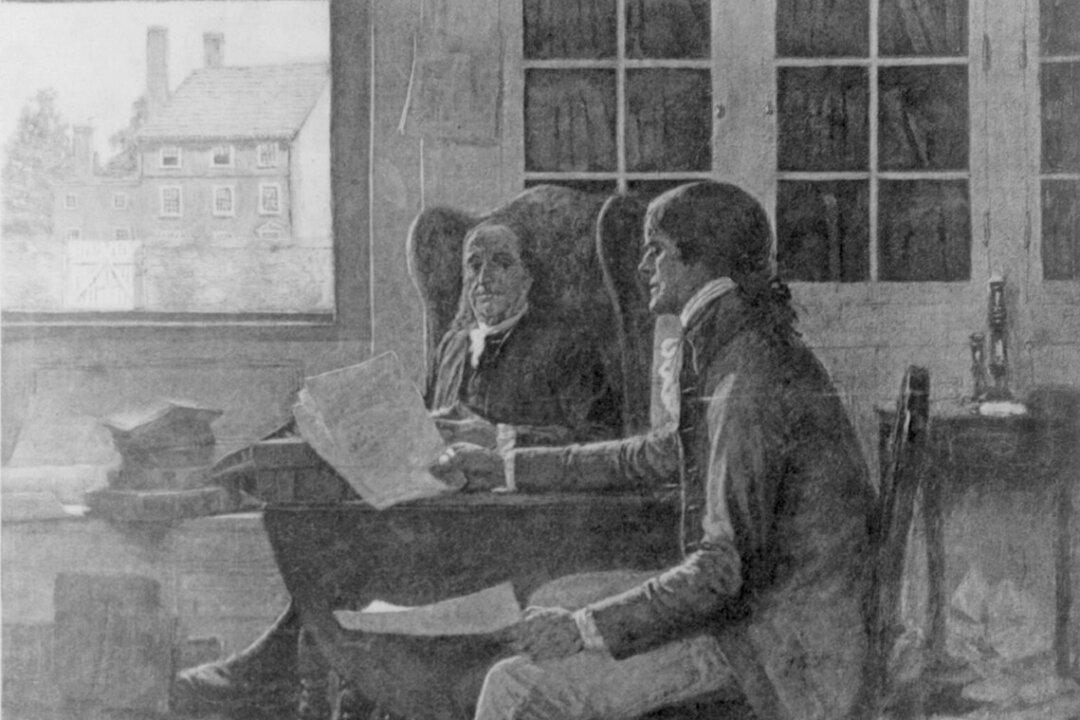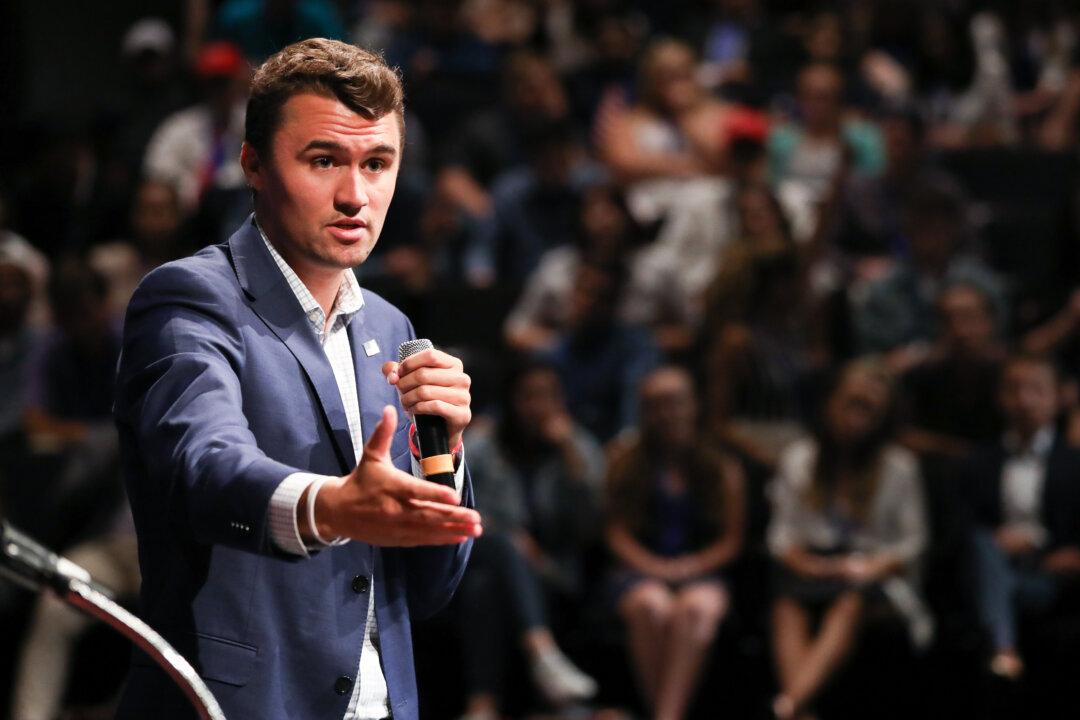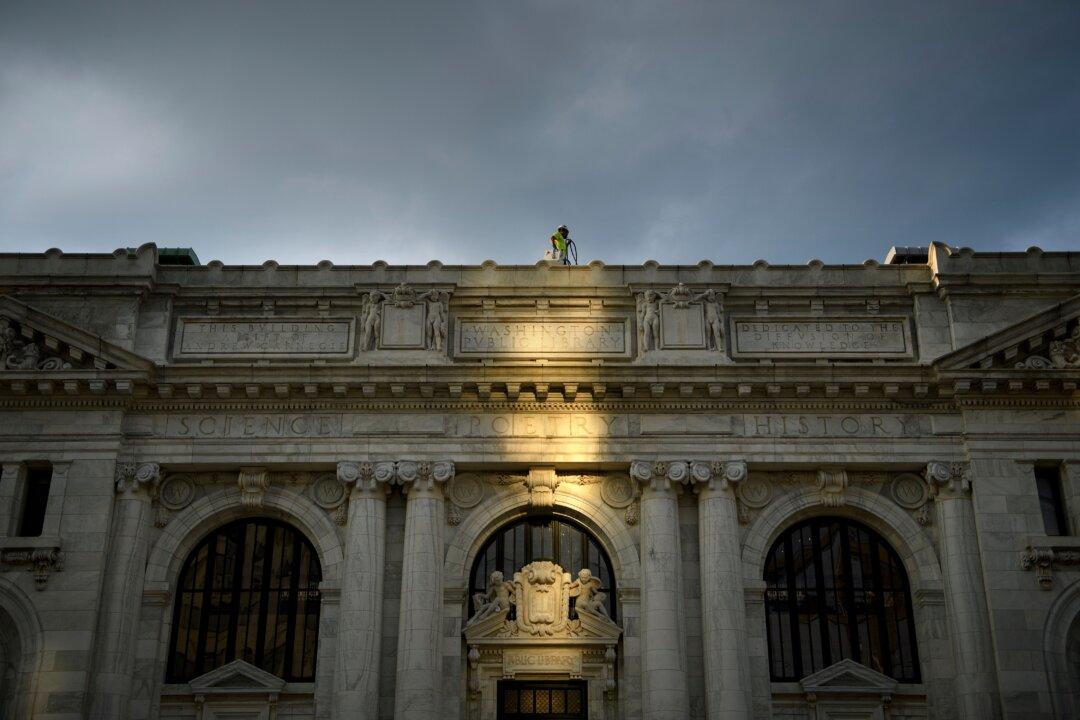Commentary
I walked into a drug store in Manhattan in a nice area not far from the Empire State Building the other day in search of a razor, but there was a problem. The shelf of razors was locked up. A plastic window covered the display, which included the cheap disposable models, not just the fancy brands. As I bent over and peeked through it, I heard a voice to my left.
